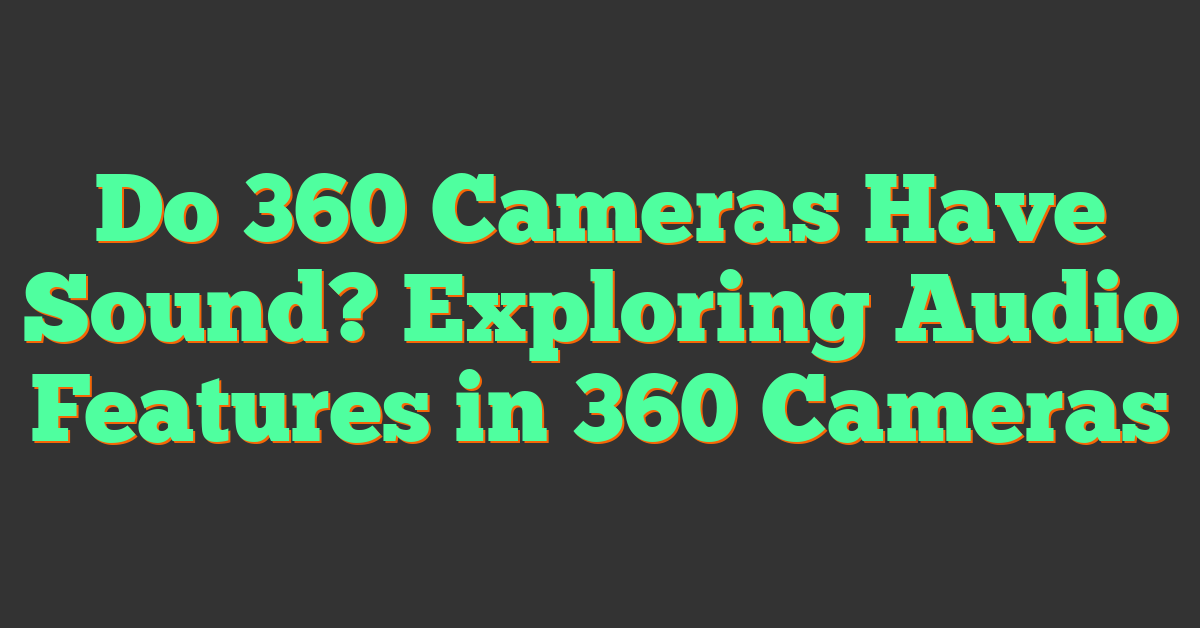If you’re interested in creating immersive videos, you may be wondering if 360 cameras have sound. The short answer is yes, many 360 cameras do have built-in microphones that capture sound along with the video. However, the quality and type of sound recording can vary depending on the camera model and brand.
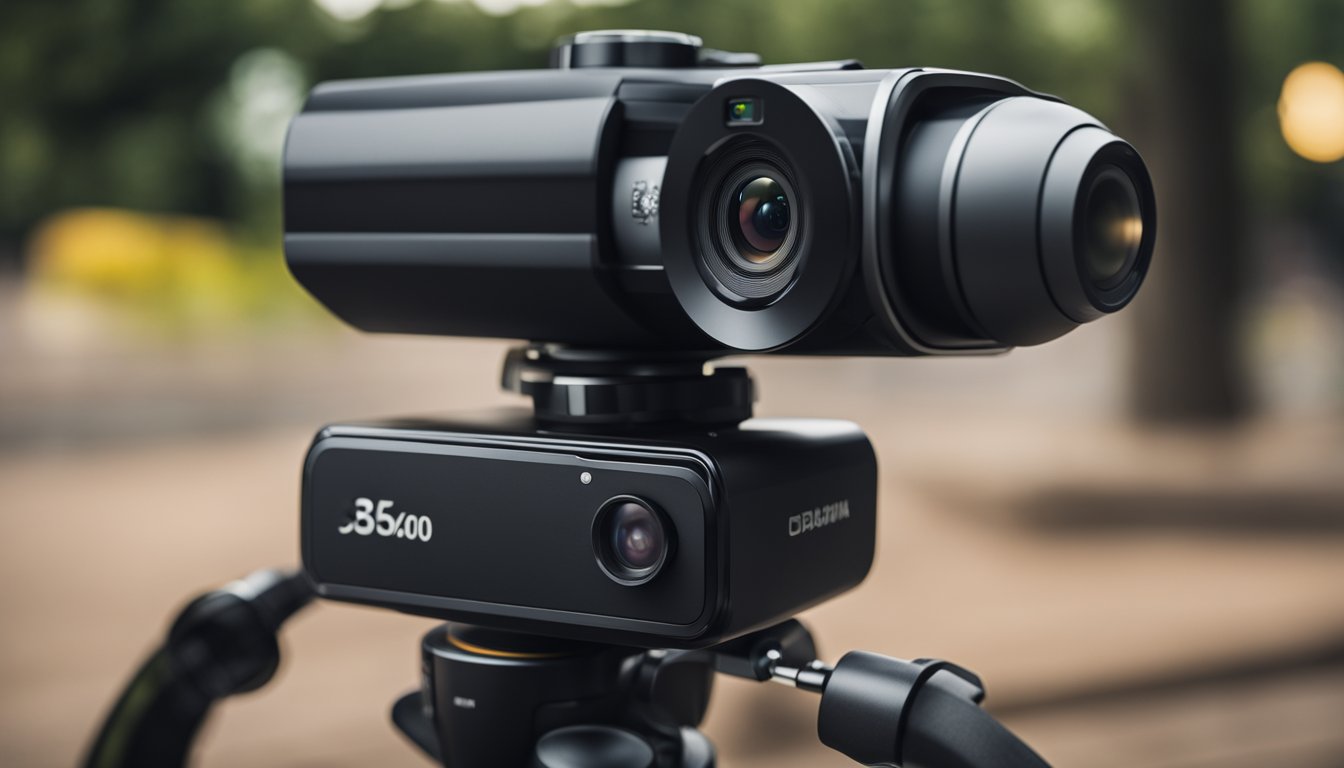
Before we dive into how 360 cameras capture sound, let’s quickly define what a 360 camera is. A 360 camera is a device that captures video footage in all directions, allowing viewers to experience a fully immersive video. Unlike traditional cameras that capture a limited field of view, 360 cameras use multiple lenses to capture a 360-degree view of the surrounding environment.
How 360 Cameras Capture Sound
Now, back to the question at hand: do 360 cameras have sound? As mentioned earlier, most 360 cameras do have built-in microphones that capture sound along with the video. However, the quality and type of sound recording can vary depending on the camera model and brand. Some higher-end 360 cameras may have binaural or ambisonic audio recording capabilities, while entry-level models may only have stereo microphones.
Key Takeaways
- 360 cameras do have built-in microphones that capture sound along with the video.
- The quality and type of sound recording can vary depending on the camera model and brand.
- Some higher-end 360 cameras may have binaural or ambisonic audio recording capabilities, while entry-level models may only have stereo microphones.
What Is a 360 Camera?
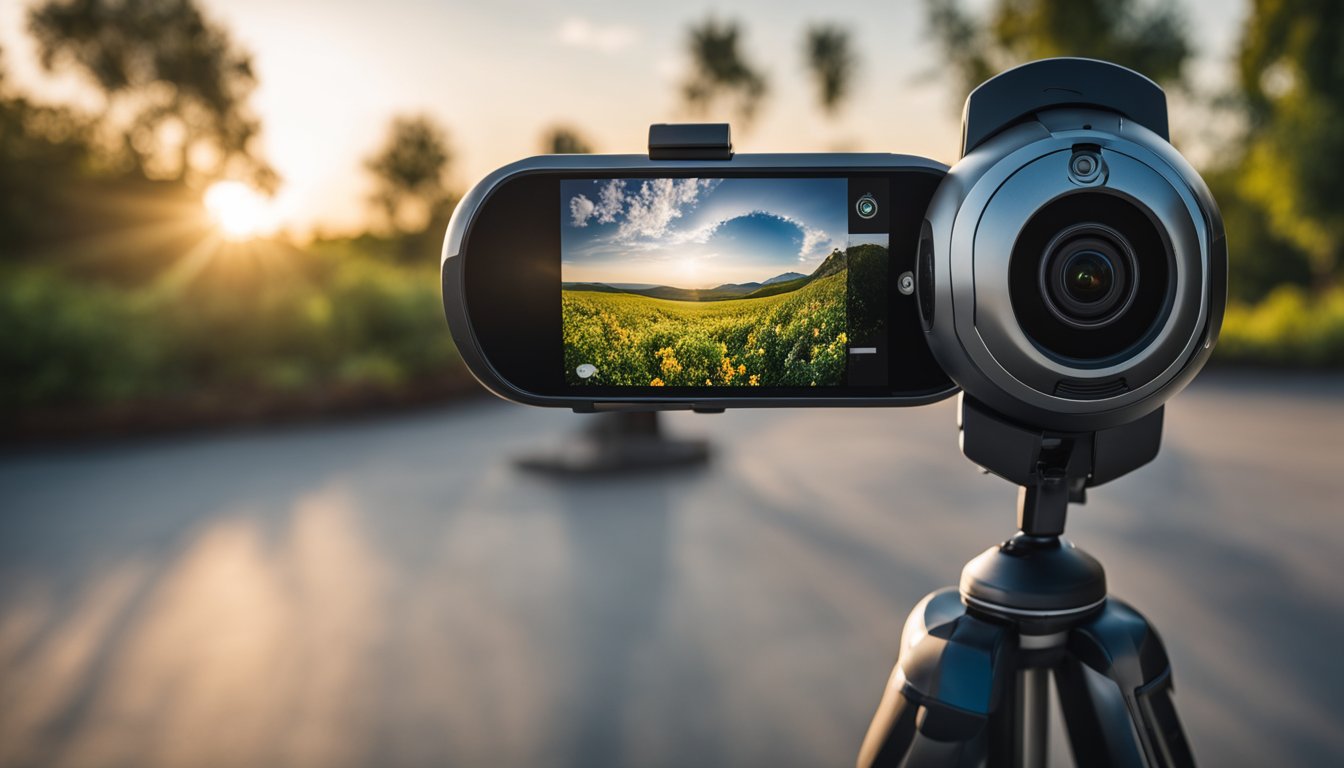
A 360 camera is a device that captures a spherical image of everything around it. It uses multiple lenses to capture a 360-degree view of the surroundings and then stitches these images together to create a single, seamless image. This allows you to capture everything in the scene, including what is behind and above you, as well as what is in front of you.
Unlike traditional cameras that capture a flat, two-dimensional image, a 360 camera captures a three-dimensional image that allows you to look around and explore the scene from different angles. This makes it ideal for capturing immersive experiences such as virtual reality, as well as for capturing events or landscapes where you want to capture the entire scene.
Most 360 cameras have two or more lenses that capture images simultaneously. These lenses are usually positioned back-to-back or side-by-side to capture a full 360-degree view. Some cameras also have built-in microphones that capture sound, allowing you to create immersive audio experiences to go along with your 360-degree video.
Overall, a 360 camera is a powerful tool for capturing immersive experiences and creating engaging content. Whether you are a professional videographer or simply want to capture your travels in a new and exciting way, a 360 camera is a great investment that will allow you to capture stunning images and videos that will transport your audience to new and exciting places.
How 360 Cameras Capture Sound
https://www.youtube.com/watch?v=8SpljOwkrw4&embed=true
When it comes to 360 cameras, capturing sound is just as important as capturing video. Luckily, most 360 cameras do have built-in microphones that capture sound. In this section, we’ll take a closer look at how 360 cameras capture sound and what you can expect in terms of sound quality.
Microphones and Sound Quality
The quality of sound that a 360 camera captures depends on the type of microphone that is used. Most 360 cameras use omnidirectional microphones, which pick up sound from all directions. However, the quality of the microphone can vary from camera to camera. Some cameras may have better microphones than others, and this can affect the overall sound quality of your footage.
If you’re looking to capture high-quality sound with a 360 camera, it may be worth investing in an external microphone. This will allow you to capture better sound quality and reduce background noise. Keep in mind that not all 360 cameras have a port for an external microphone, so be sure to check the specifications before making a purchase.
Spatial Audio Technology
« Do 360 Degree Cameras Work? A Comprehensive Guide to Their Functionality
How Much Is a 360 Degree Camera? Find Out Here! »
One of the unique features of 360 cameras is their ability to capture spatial audio. Spatial audio is a type of 3D sound that allows you to hear sound from different directions and distances, just like in real life. This is achieved through the use of spatial audio technology, which uses multiple microphones to capture sound from different directions.
Some 360 cameras come with built-in spatial audio technology, while others require the use of an external microphone. If you’re looking to capture spatial audio with your 360 camera, be sure to check the specifications to see if it’s supported. Keep in mind that not all 360 cameras support spatial audio, and those that do may require additional software to process the audio.
In conclusion, 360 cameras do have the ability to capture sound, and the quality of the sound depends on the type of microphone used. If you’re looking to capture high-quality sound, consider investing in an external microphone. Additionally, some 360 cameras support spatial audio technology, which allows you to capture 3D sound.
Comparing 360 Cameras with Traditional Cameras
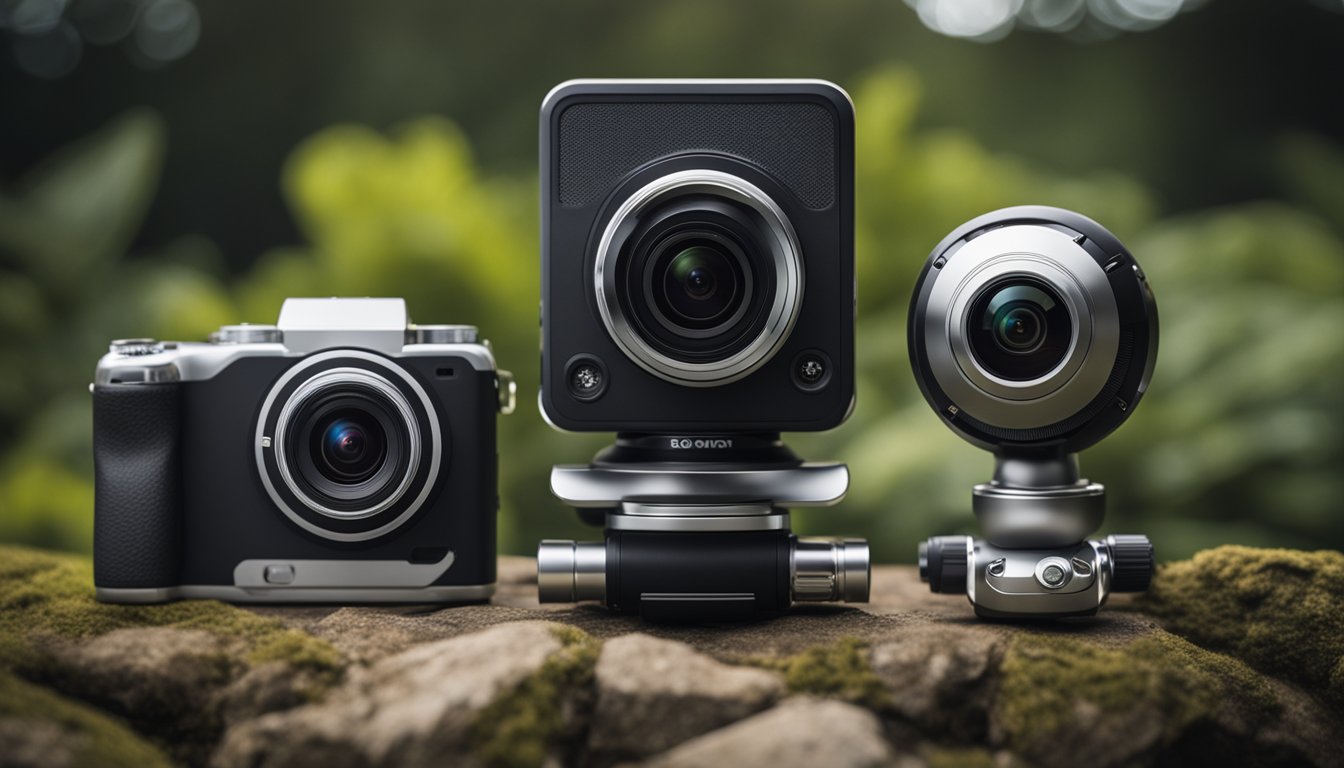
Design and Lenses
When it comes to design, 360 cameras and traditional cameras are quite different. While traditional cameras are designed to capture images and videos in a single direction, 360 cameras are designed to capture everything around them. This is achieved by using multiple lenses that are positioned in different directions.
360 cameras usually have two lenses that are positioned back-to-back. These lenses capture everything around them, creating a 360-degree view. Traditional cameras, on the other hand, usually have a single lens that captures images and videos in a single direction.
Image and Sound Capture
When it comes to image quality, 360 cameras can capture high-quality images and videos. However, the quality of the images and videos captured by 360 cameras can vary depending on the camera’s design and lenses. Some 360 cameras can capture images and videos in 4K resolution, while others can only capture images and videos in 1080p resolution.
One thing to note about 360 cameras is that they can capture sound just like traditional cameras. However, the quality of the sound captured by 360 cameras can vary depending on the camera’s design and the location of the microphones. Some 360 cameras have built-in microphones that can capture sound from all directions, while others have microphones that are positioned in a specific direction.
In summary, while 360 cameras and traditional cameras have some similarities, they are quite different in terms of design and lenses. When it comes to image and sound capture, 360 cameras can capture high-quality images and sound just like traditional cameras. However, the quality of the images and sound captured by 360 cameras can vary depending on the camera’s design and lenses.
Essential Features of 360 Cameras
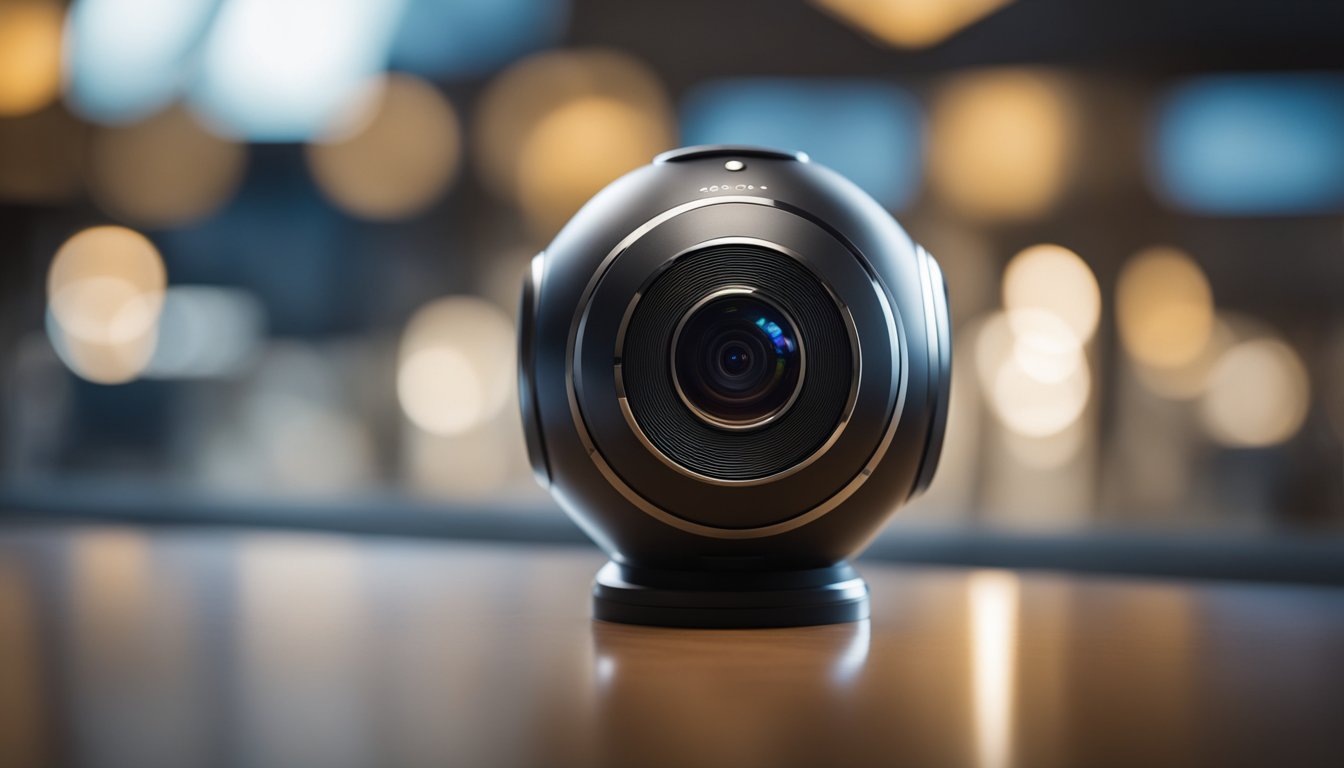
If you’re interested in creating 360-degree videos, then you’ll need a 360 camera. These cameras are specifically designed to capture everything around them, creating a spherical video that can be viewed from any angle. However, not all 360 cameras are created equal. Here are some of the essential features that you should look for when choosing a 360 camera.
Resolution and Image Quality
The first thing you should consider when choosing a 360 camera is the resolution and image quality. Higher resolution cameras will produce sharper and more detailed images, which is important when you’re trying to capture a lot of detail in a 360-degree video. Look for cameras that can shoot at least 4K resolution, and preferably higher.
Stabilization and Stitching
Another important feature to consider is stabilization and stitching. When you’re shooting with a 360 camera, it’s important to keep the camera steady to avoid shaky footage. Look for cameras that have built-in stabilization features, which will help to smooth out any bumps or jolts in the footage.
Stitching is also an important consideration. When you’re shooting with a 360 camera, you’ll need to stitch together multiple images to create a seamless 360-degree video. Look for cameras that have good stitching software built-in, which will help to minimize any visible stitch lines in the final video.
Overall, 360 cameras are an essential tool for anyone who wants to create immersive 360-degree videos. By choosing a camera with the right features, you can ensure that your videos are sharp, stable, and seamless.
Popular 360 Camera Models and Brands
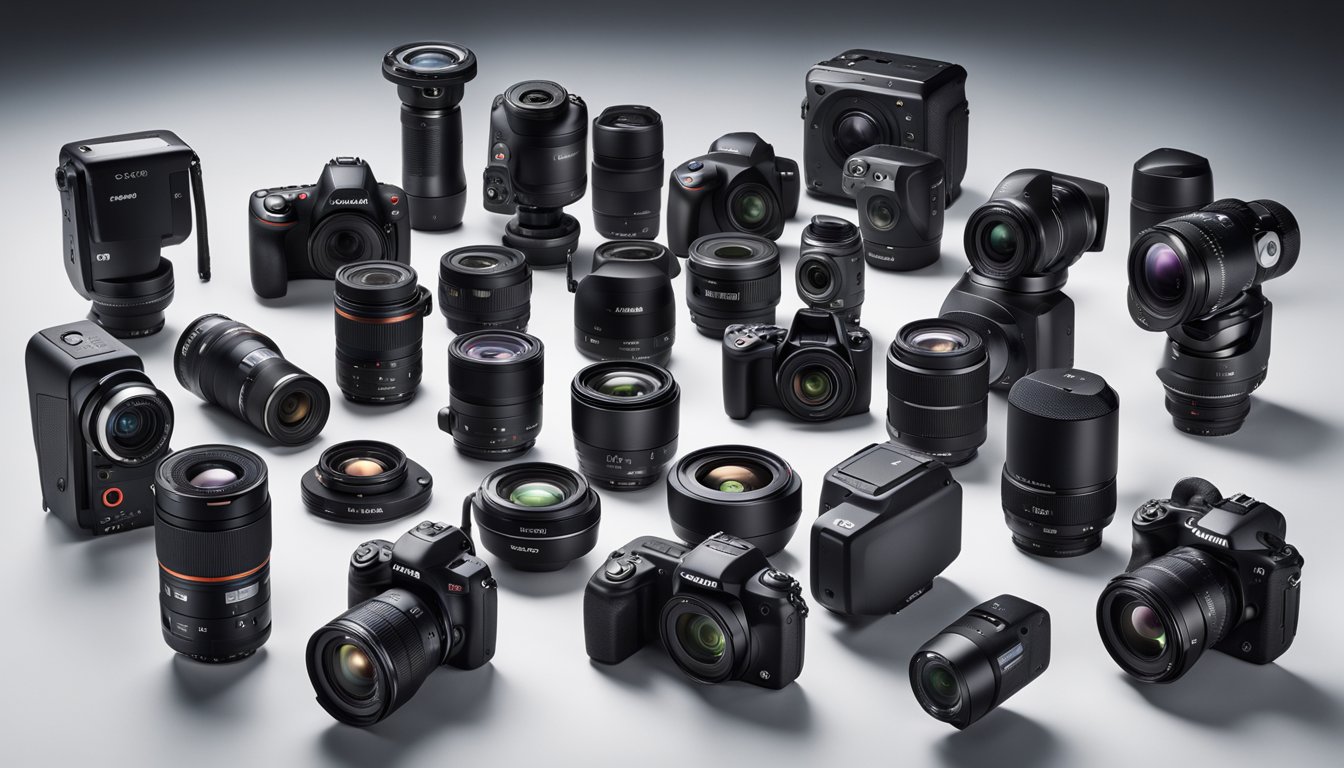
GoPro and Insta360
When it comes to 360 cameras, GoPro and Insta360 are two of the most popular brands. Both brands offer a range of 360 cameras with different features and capabilities. The GoPro Max and Insta360 X3 are two of the best 360 cameras available in 2023, according to various experts and reviewers.
One advantage of the GoPro Max is its ability to capture 360-degree audio. The camera has six microphones that can record immersive audio along with the video. The Insta360 X3, on the other hand, has four built-in microphones that can capture directional audio. This means that the camera can record sound from different directions, which can be useful in certain situations.
Both cameras are also capable of shooting 5.7K video and have features such as HyperSmooth stabilization (GoPro Max) and FlowState stabilization (Insta360 X3). They are also waterproof and can be used for various outdoor activities.
Ricoh and Samsung Gear 360
Ricoh and Samsung Gear 360 are also popular brands when it comes to 360 cameras. The Ricoh Theta X and Samsung Gear 360 (2023) are two of the best 360 cameras available in the market.
The Ricoh Theta X is a compact 360 camera that can shoot 4K video and has a built-in four-channel microphone that can capture spatial audio. It also has features such as image stabilization and live streaming capabilities.
The Samsung Gear 360 (2023) is a dual-lens camera that can shoot 4K video and has a built-in microphone. It also has features such as image stabilization and live streaming capabilities. One advantage of the Samsung Gear 360 is its compatibility with Samsung smartphones, which makes it easy to transfer and edit the footage.
Overall, when it comes to 360 cameras, there are various models and brands to choose from. GoPro, Insta360, Ricoh, and Samsung Gear 360 are some of the most popular brands that offer high-quality 360 cameras with different features and capabilities.
Using 360 Cameras for Virtual Reality
https://www.youtube.com/watch?v=ok8iy9Vl63s&embed=true
If you want to create immersive VR content, a 360 camera is an essential tool. These cameras capture a full 360-degree view of your surroundings, allowing viewers to look around and feel like they are really there. But do 360 cameras have sound?
VR Content Creation
Yes, most 360 cameras do have sound recording capabilities. The audio is captured along with the video, providing a fully immersive experience. Some 360 cameras even have built-in microphones that can capture spatial audio, which gives viewers the impression that they are hearing sounds from specific locations within the VR environment.
When creating VR content with a 360 camera, it’s important to consider the sound quality as well as the video quality. Poor audio can ruin the immersive experience and make viewers feel like they are watching a low-quality production. Make sure to use a high-quality microphone and carefully consider the placement of the microphone to capture the best possible sound.
Compatible VR Headsets
To experience the full immersive effect of 360 video with sound, you’ll need a VR headset that is compatible with the type of video you’ve created. There are many VR headsets on the market, ranging from basic models that use your smartphone as a screen to high-end models that offer advanced features like hand tracking and eye tracking.
When choosing a VR headset, make sure to check the specifications to ensure compatibility with your 360 video and audio. Some headsets may only support certain types of video or audio, so it’s important to do your research before making a purchase.
In conclusion, if you want to create immersive VR content, a 360 camera with sound recording capabilities is a must-have tool. With the right equipment and careful attention to sound quality, you can create truly immersive experiences that transport viewers to new and exciting places.
Editing and Software for 360 Videos
https://www.youtube.com/watch?v=SG8k8XYxuKM&embed=true
When it comes to editing 360 videos, it’s important to use the right software. Not all video editing programs are equipped to handle 360-degree footage, so you’ll need to choose one that is specifically designed for this purpose. Here are a few popular options:
Editing Programs
- Adobe Premiere Pro: This is one of the most popular video editing programs for 360 videos. It offers advanced features for editing VR footage and can handle 8K frames in its own format. It can also import and export XML, making it a powerful photo video maker.
- VideoProc Vlogger: If you’re looking for a free option, VideoProc Vlogger is a great choice. It’s easy to use and compatible with VR and 360 videos in monoscopic, stereoscopic, and equirectangular formats.
- Pinnacle Studio: Pinnacle Studio offers a complete guide to editing 360-degree videos. You can crop or trim your footage on the timeline as you would any standard video and even add a music track. If you want to add a title, you can insert it as a 360 object.
Reframing and Exporting Footage
Once you’ve edited your 360 video, you may want to reframe it to focus on specific aspects of the footage. This can be done with software like GoPro VR Reframe or Mettle SkyBox Studio. These programs allow you to create a standard 16:9 video from your 360 footage, while still maintaining the ability to pan around the video.
When it comes to exporting your footage, you’ll want to make sure you’re using the right settings. Most video hosting platforms, like YouTube and Facebook, support 360-degree video, but you’ll need to make sure you’re exporting your video in the correct format. Typically, this means exporting in equirectangular format with a resolution of at least 4K.
Overall, editing 360 videos can be a fun and rewarding experience. With the right software and a little creativity, you can create immersive videos that transport your viewers to new worlds.
Sharing 360 Videos on Social Platforms
https://www.youtube.com/watch?v=T9qslAaN8Vs&embed=true
If you’re wondering whether 360 cameras have sound, the answer is yes. Most 360 cameras record audio along with the video. However, the quality of the audio may vary depending on the camera and the environment in which it’s being used.
When it comes to sharing 360 videos on social media, there are a few things you need to keep in mind. Here are some tips to help you get started:
YouTube and Facebook
YouTube and Facebook are two of the most popular platforms for sharing 360 videos. Both platforms support 360-degree videos, allowing viewers to pan around and explore the video from different angles.
When you upload a 360 video to YouTube or Facebook, the platform will automatically recognize it as such and enable the 360-degree viewing experience. However, you need to make sure that your video is properly formatted for 360-degree playback.
On YouTube, you can upload 360-degree videos up to 8K resolution. The platform supports a variety of 360 video formats, including equirectangular, fisheye, and dual-fisheye. You can also add spatial audio to your 360 videos on YouTube, which enhances the immersive experience.
On Facebook, you can upload 360-degree videos up to 5.7K resolution. The platform supports equirectangular and cubemap formats. You can also add spatial audio to your 360 videos on Facebook.
Immersive Experiences on Social Media
360 videos offer a unique and immersive experience for viewers, making them a great way to tell stories and showcase products. However, to truly take advantage of the immersive nature of 360 videos, you need to create content that is engaging and interactive.
One way to do this is by using hotspots in your 360 videos. Hotspots are clickable areas within the video that can take viewers to other parts of the video or to external links. This allows viewers to explore the video in a non-linear way and engage with the content on a deeper level.
Another way to make your 360 videos more engaging is by adding text overlays and annotations. This can help guide viewers through the video and provide additional context and information.
Overall, 360 cameras do have sound and can be used to create immersive experiences on social media platforms like YouTube and Facebook. By following these tips, you can create compelling 360 videos that engage and captivate your audience.
Accessories for 360 Cameras
https://www.youtube.com/watch?v=SnscHZp7-0k&embed=true
When it comes to 360 cameras, accessories can make all the difference in the quality of your footage. Here are some accessories to consider when using a 360 camera:
Tripods and Selfie Sticks
A tripod or selfie stick can help stabilize your 360 camera and prevent shaky footage. Tripods are especially useful for stationary shots, while selfie sticks can help you capture unique perspectives and angles. When choosing a tripod or selfie stick, make sure it is compatible with your 360 camera and has a sturdy base to prevent tipping over.
External Microphones and Storage
While many 360 cameras have built-in microphones, they may not always produce the best sound quality. Consider investing in an external microphone to capture clearer audio. Additionally, since 360 cameras can produce large files, it’s important to have enough storage space. Make sure to invest in a high-capacity SD card to ensure you don’t run out of space during filming.
Overall, accessories can enhance the quality of your 360 footage and make your filming experience more enjoyable. When choosing accessories, make sure they are compatible with your 360 camera and fit your specific filming needs.
Choosing the Right 360 Camera for You
https://www.youtube.com/watch?v=5MvtlBYOFHg&embed=true
If you’re considering purchasing a 360 camera, there are a few things you should consider before making your purchase. In this section, we’ll go over two important factors to consider: your budget and your technical knowledge.
Considering Your Budget
360 cameras can range in price from a couple of hundred dollars to several thousand dollars. If you’re a beginner or on a budget, it might be best to start with a lower-priced option. The Insta360 X3 and GoPro Max are both great options for beginners and are priced under $500. If you’re a content creator, you may want to invest in a higher-end option like the Kandao QooCam 3 or the Ricoh Theta X. These cameras offer more advanced features and higher-quality video and audio, but come with a higher price tag.
Determining Your Technical Knowledge
Another important factor to consider is your technical knowledge. If you’re new to 360 cameras or aren’t very tech-savvy, it may be best to start with a more user-friendly option. The Insta360 X3 and GoPro Max are both easy to use and come with user-friendly software. On the other hand, if you’re more experienced with 360 cameras or are comfortable with more advanced technology, you may want to consider a more advanced option like the Kandao QooCam 3. This camera offers more advanced features and settings, but may require more technical knowledge to use effectively.
Overall, when choosing a 360 camera, it’s important to consider your budget and technical knowledge. By doing so, you can ensure that you choose a camera that meets your needs and is easy for you to use.
Frequently Asked Questions
https://www.youtube.com/watch?v=ck4Fr8Yf60g&embed=true
Can you capture audio with a 360-degree camera?
Yes, most 360-degree cameras have the capability to capture audio. In fact, many 360 cameras come with built-in microphones, allowing you to record both video and audio simultaneously.
Is sound recording a standard feature on Insta360 cameras?
Yes, sound recording is a standard feature on most Insta360 cameras. However, it’s always best to check the specifications of the particular model you’re interested in to be sure.
Does the Insta360 X3 model support audio capture?
Yes, the Insta360 X3 model does support audio capture. It comes with four built-in microphones that can record audio in 360 degrees.
Are there any 360 cameras that don’t record sound?
While most 360-degree cameras do have the ability to record sound, there may be some models that don’t have this feature. It’s always best to check the specifications of the particular camera you’re interested in to be sure.
How does audio recording work on 360 cameras?
Audio recording on 360-degree cameras works in the same way as on traditional cameras. The camera comes with built-in microphones that pick up sound from all directions. Some cameras may also allow you to connect an external microphone for better audio quality.
What’s the quality of audio like on most 360-degree cameras?
The quality of audio on 360-degree cameras can vary depending on the model and the environment in which you’re recording. However, most cameras come with built-in microphones that can capture clear audio. It’s always best to test out the audio quality in different environments to get a better idea of what to expect.

